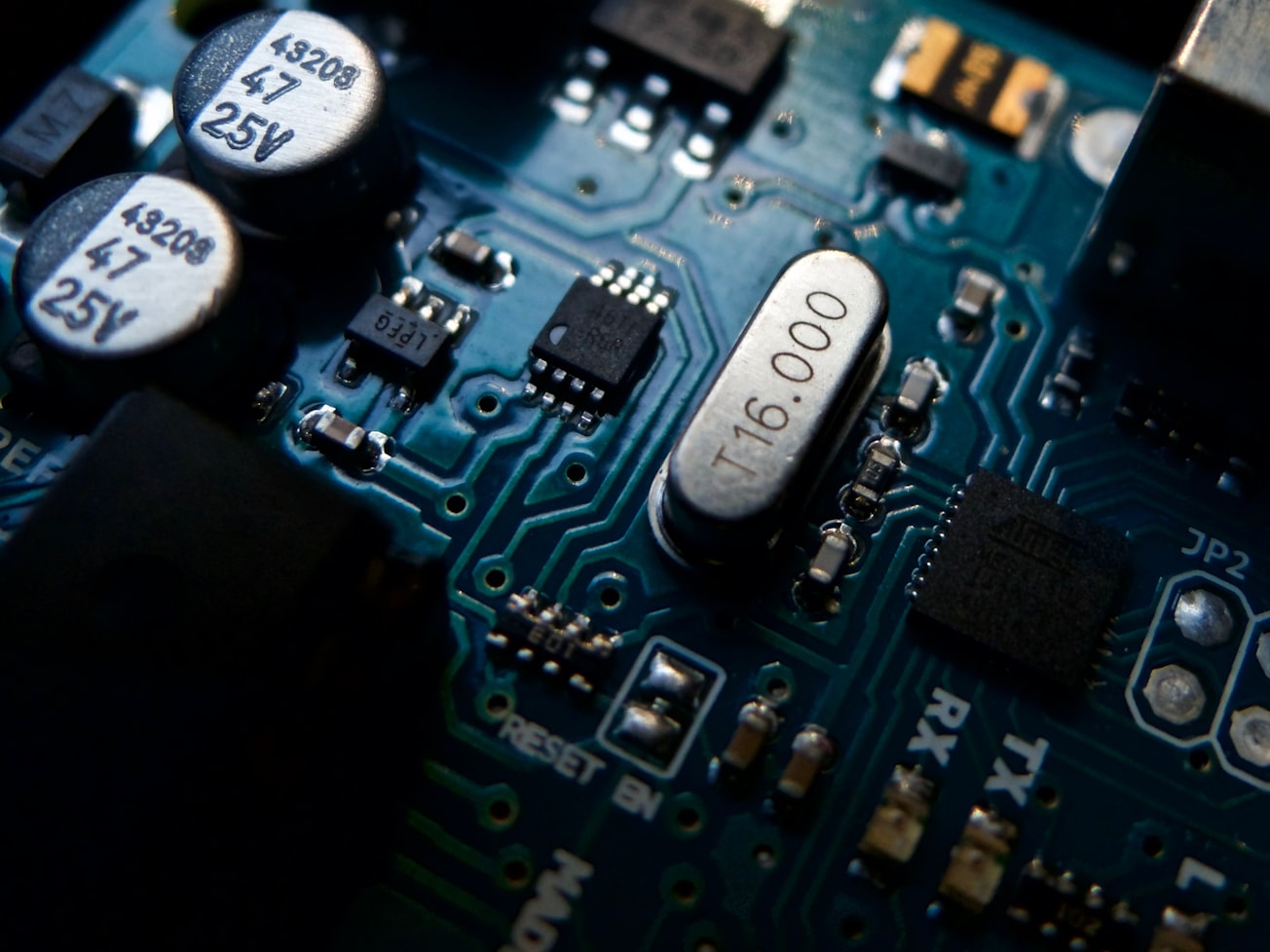What is it about?
The aim of this study was to find out, where in their personal lives students "see" computing and information technology. We presented them with pictures of various technical devices and asked whether or not they contained a computer or programming. Students' reasoning revealed that many inappropriately distinguished qualitatively different kinds of computing technology, which are defined by their inherent limitations in capability. We argue that this distinction constitutes a misconception that should be addressed in education.
Featured Image

Photo by Nicolas Thomas on Unsplash
Why is it important?
Being able to identify instances of computing in one's everyday life is a crucial prerequisite for learning transfer. Assume you know something about computing, but you fail to correctly identify instances of it in your environment. Whatever knowledge you posses may simply stay "inert". A computing education that aims to prepare students for life in a digitized society needs to ensure that they are able to actually make use of their related knowledge in the appropriate real-life situations.
Read the Original
This page is a summary of: “How Else Should It Work?” A Grounded Theory of Pre-College Students’ Understanding of Computing Devices, Digital Threats Research and Practice, January 2019, ACM (Association for Computing Machinery),
DOI: 10.1145/3226592.
You can read the full text:
Contributors
The following have contributed to this page







